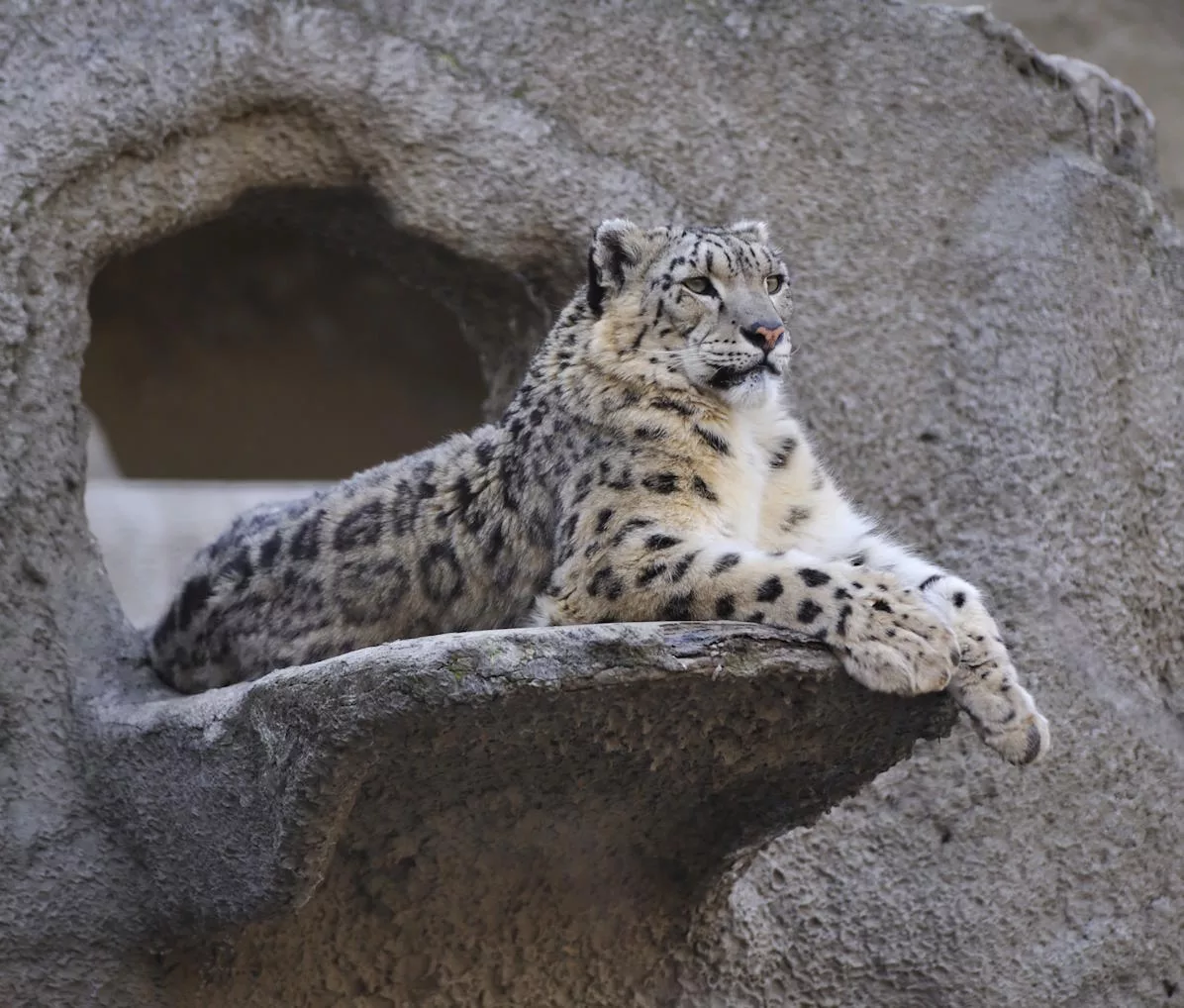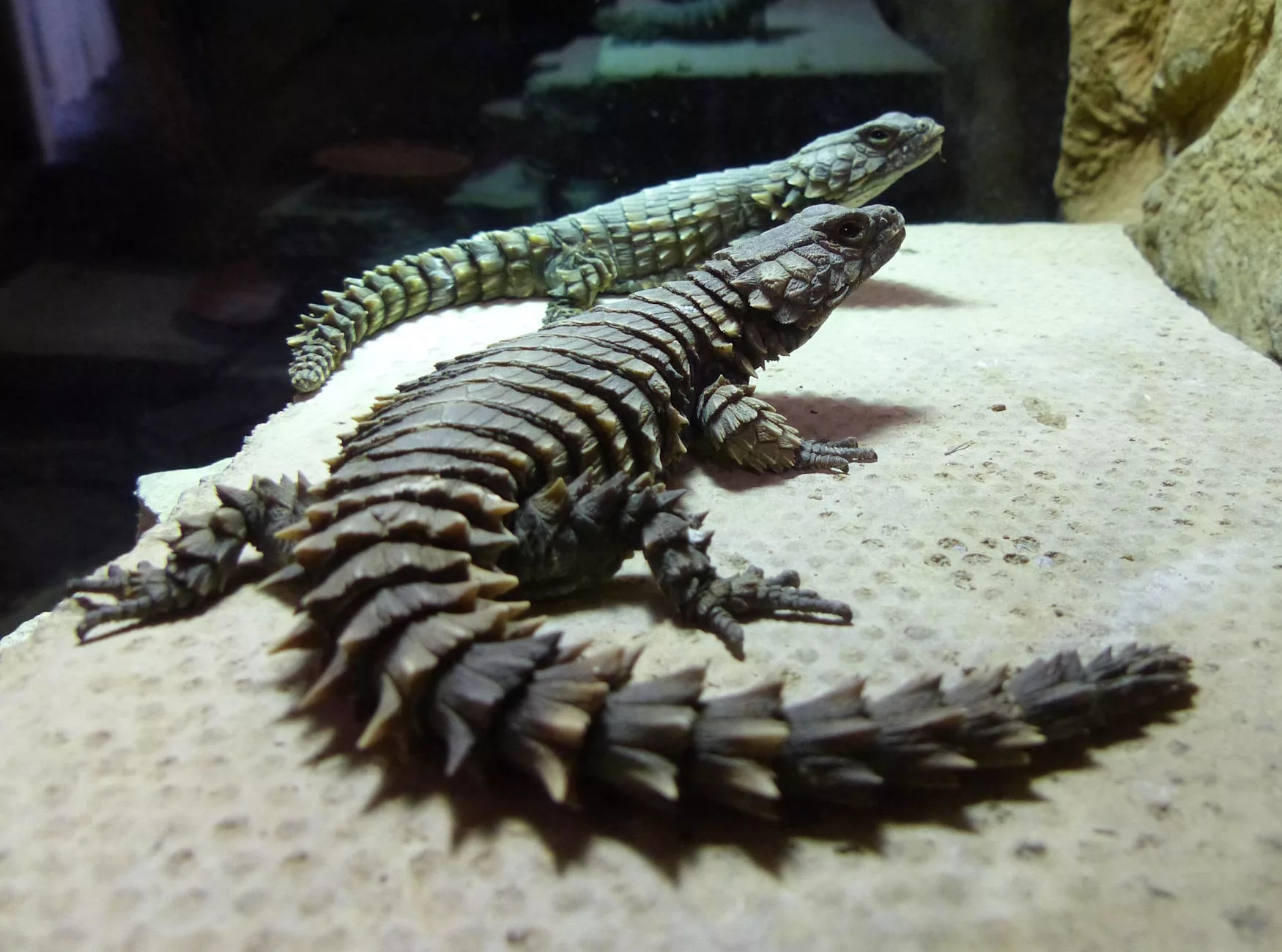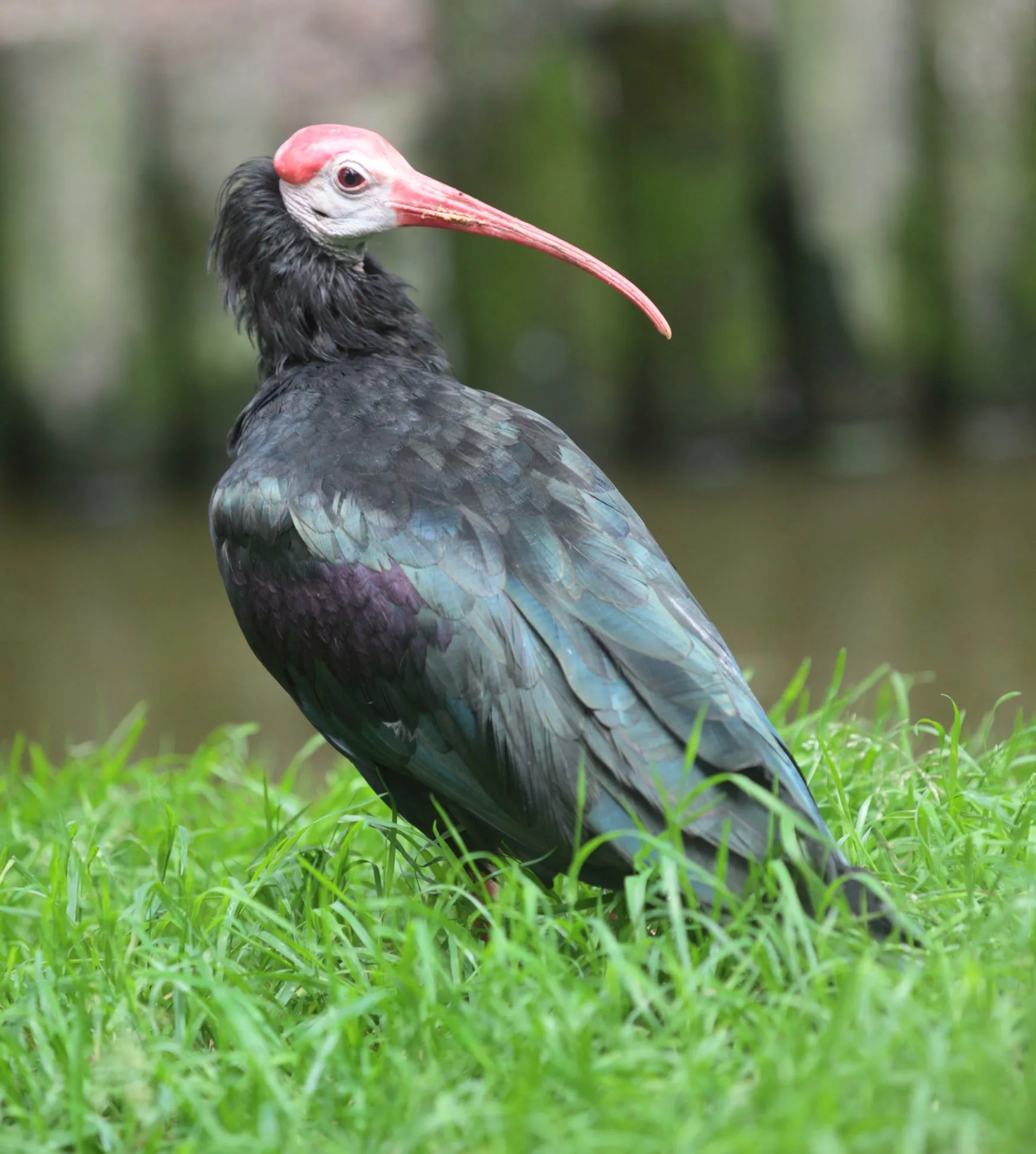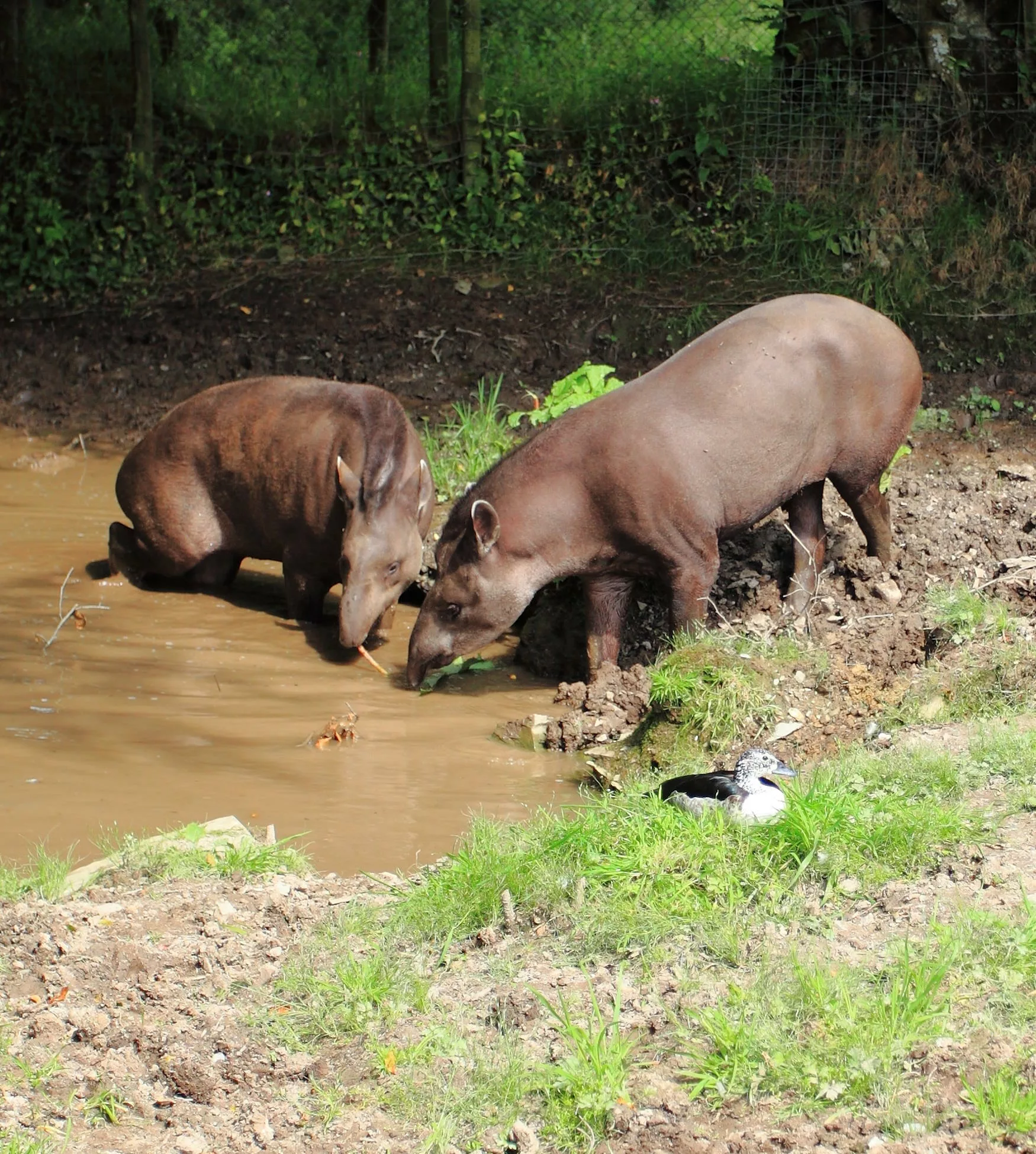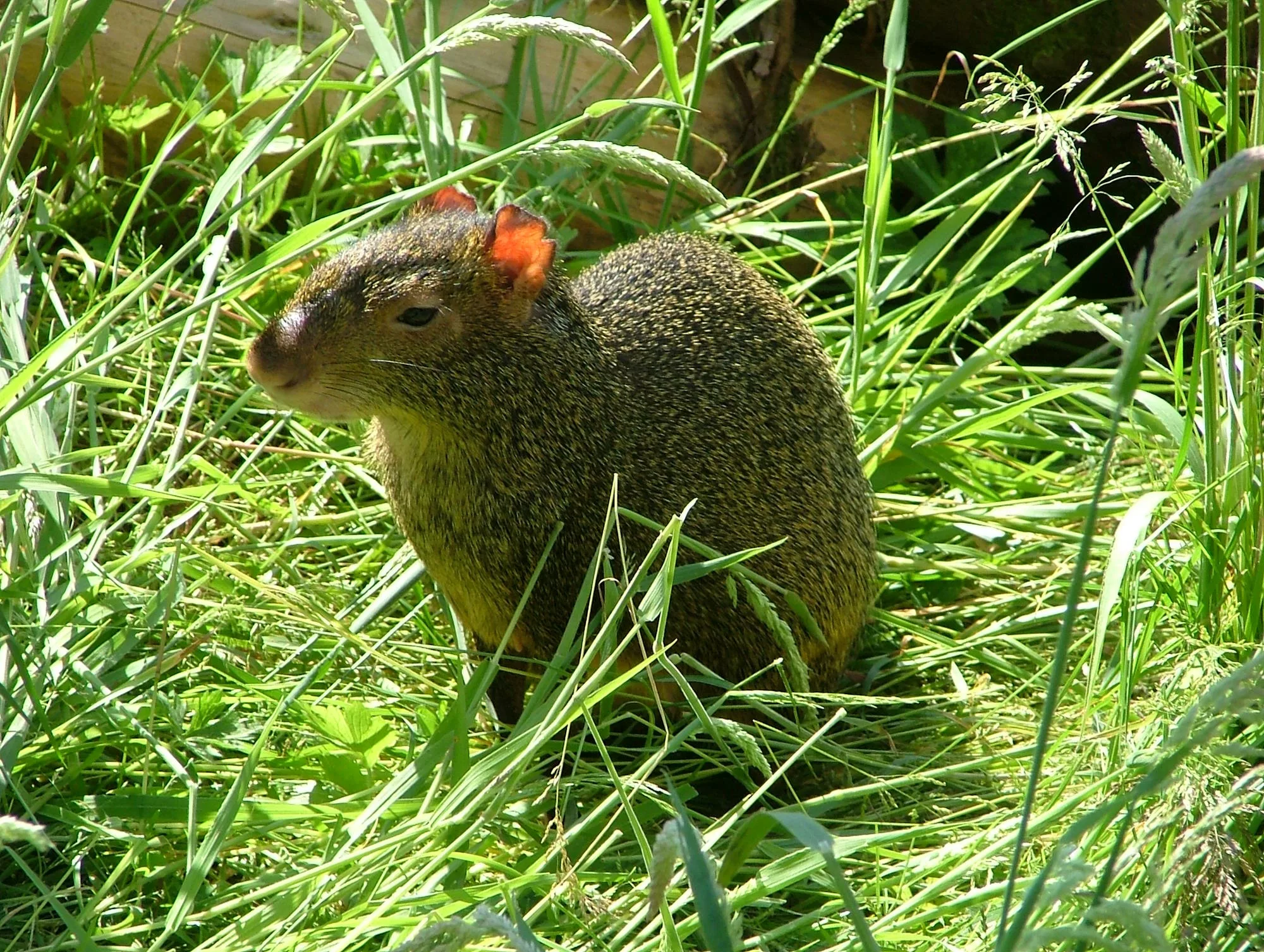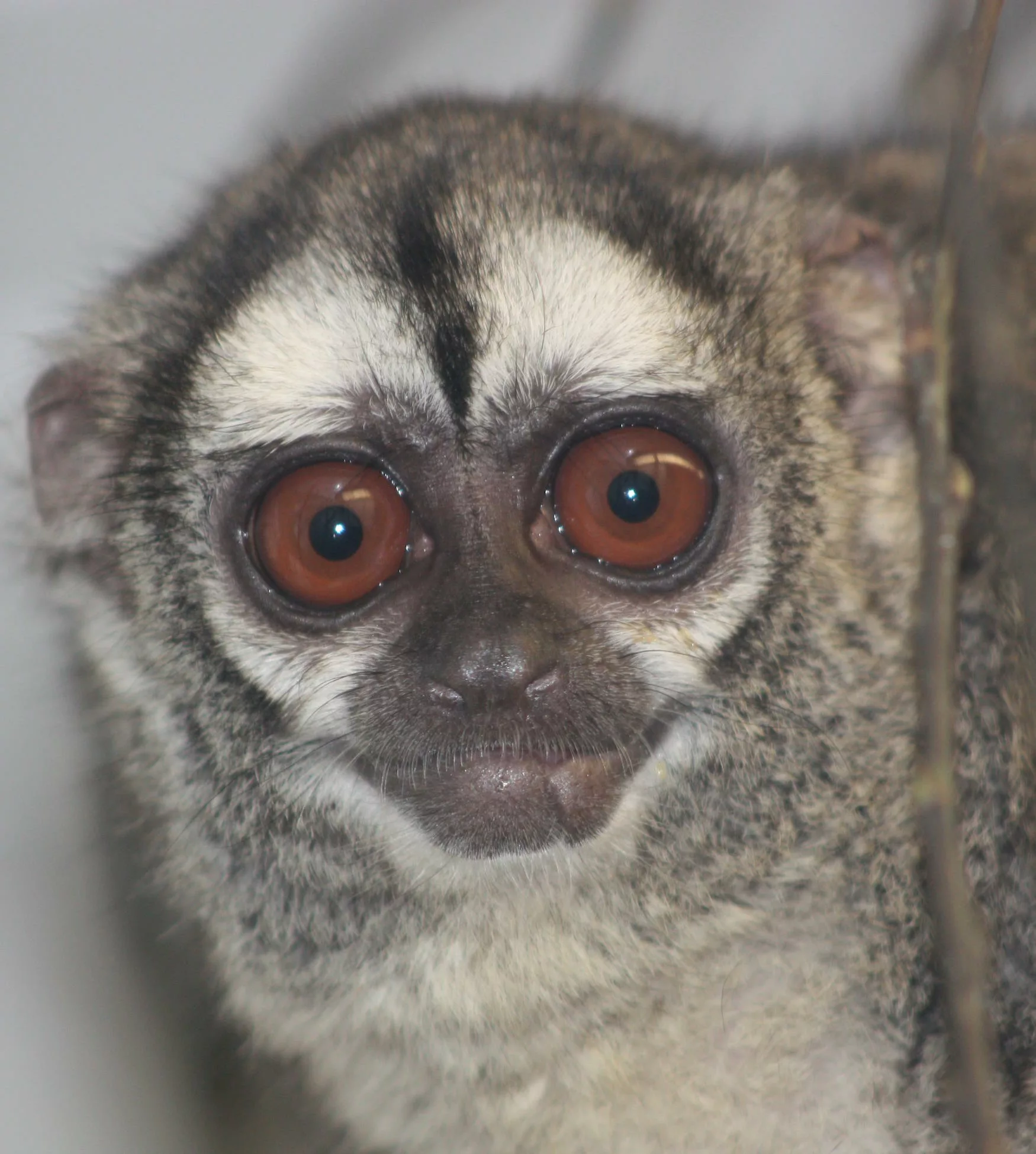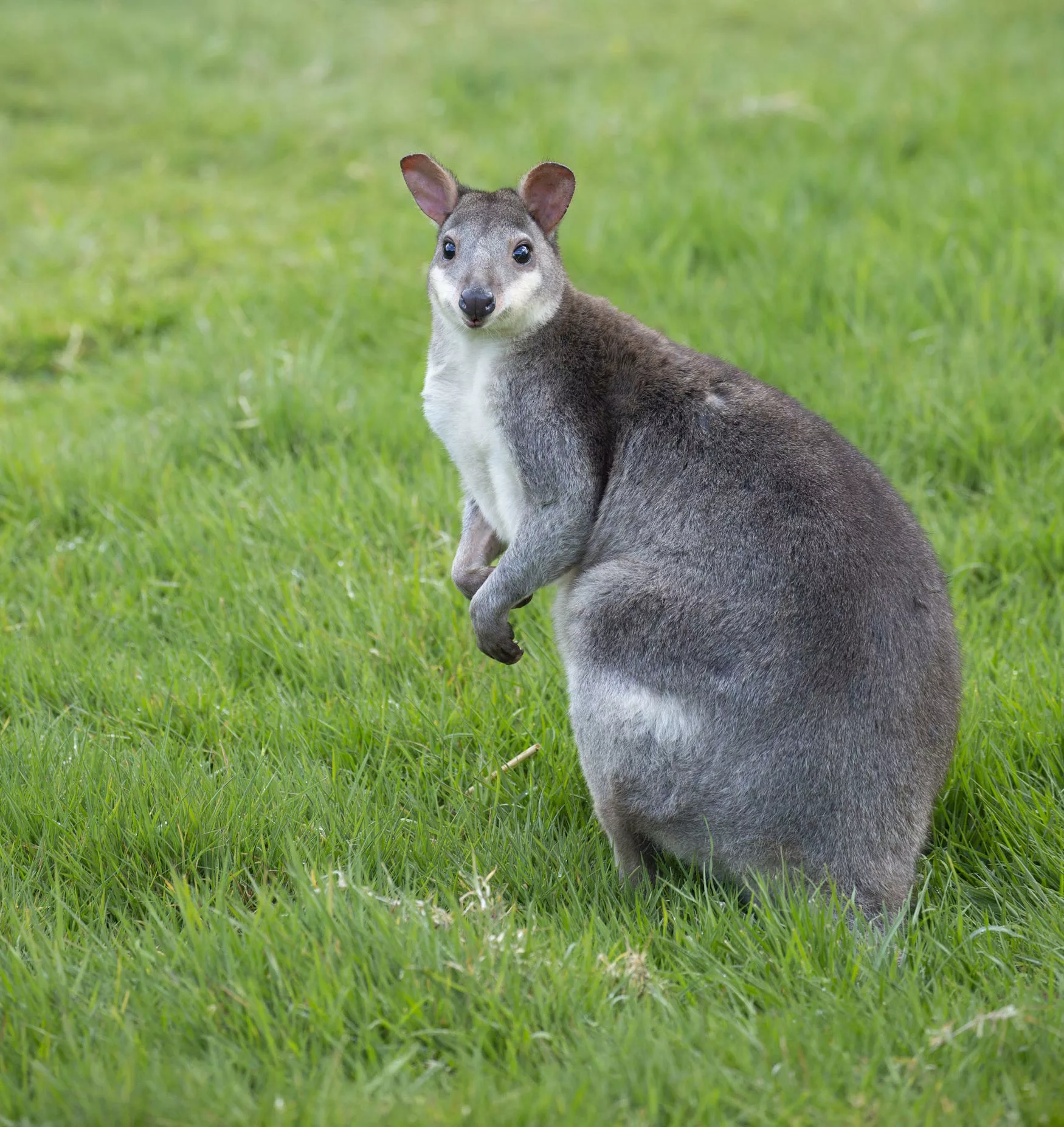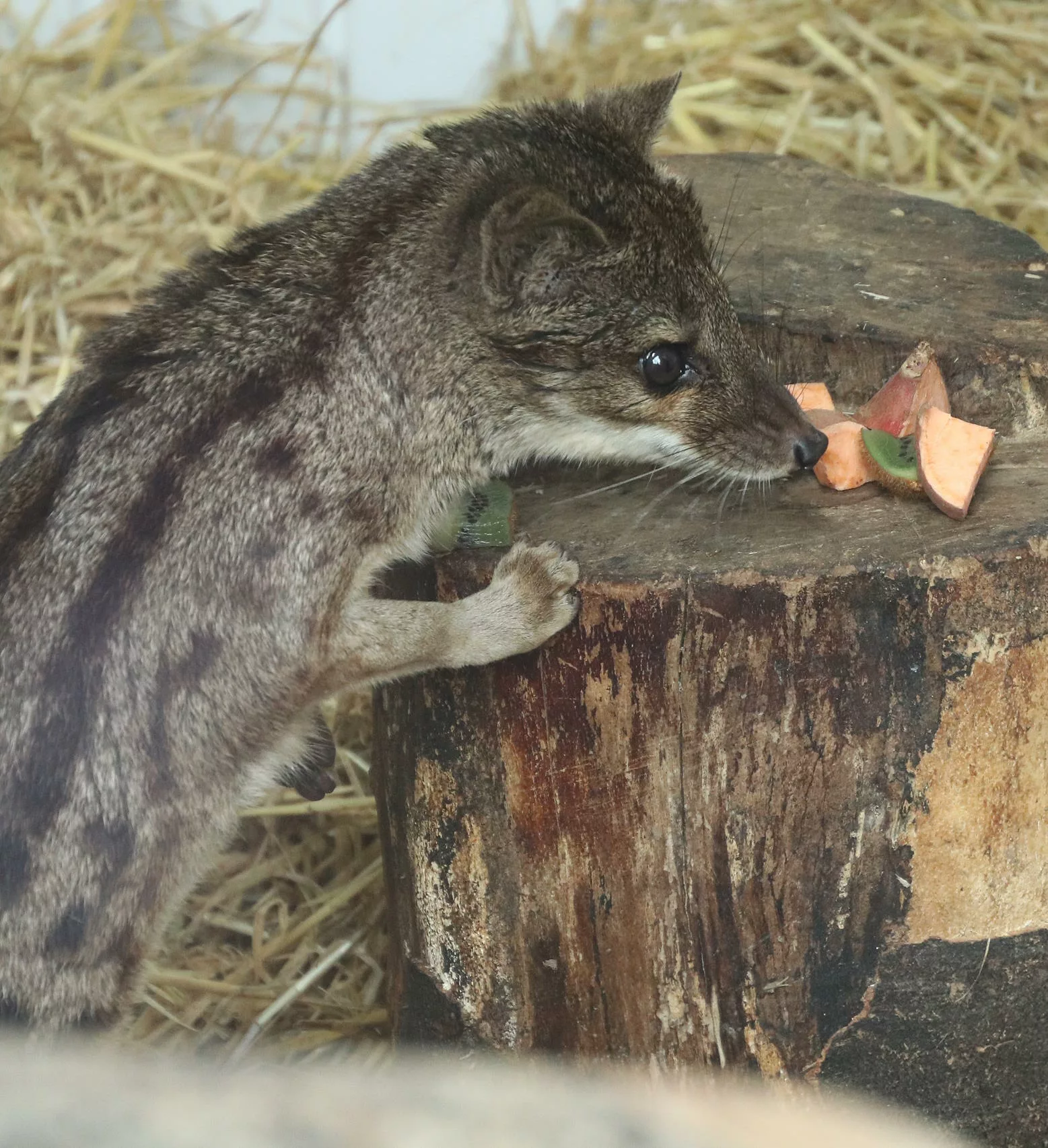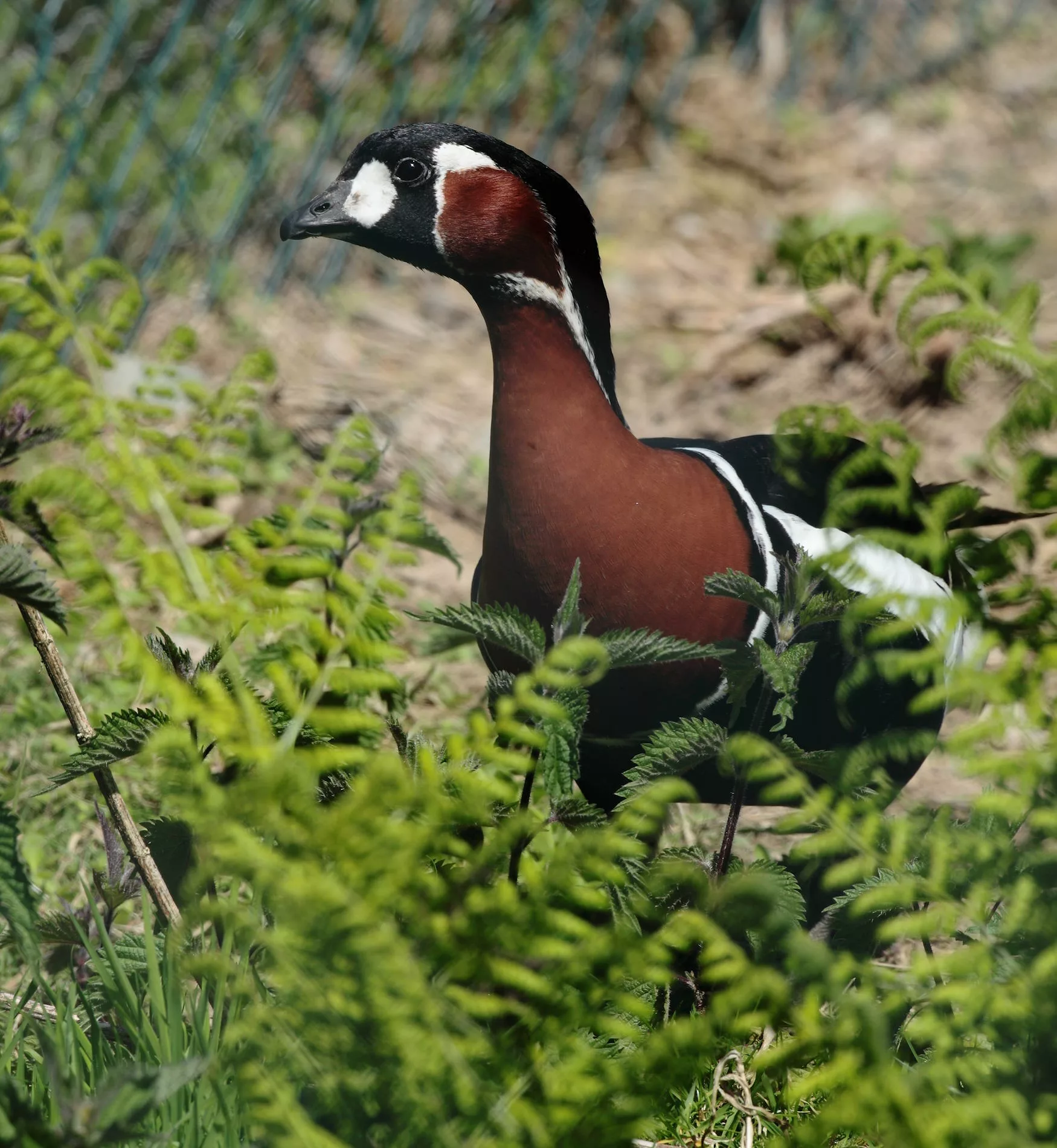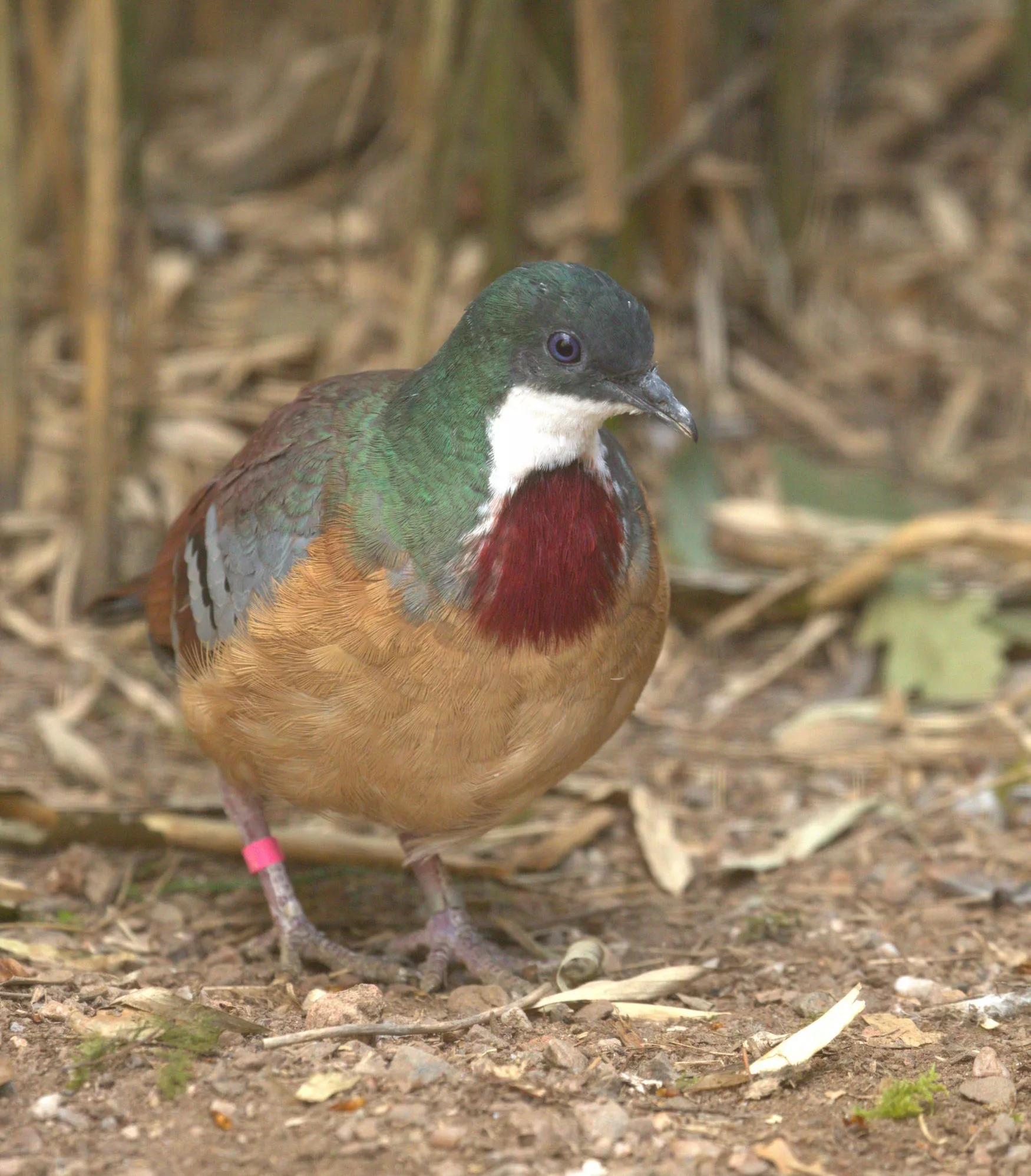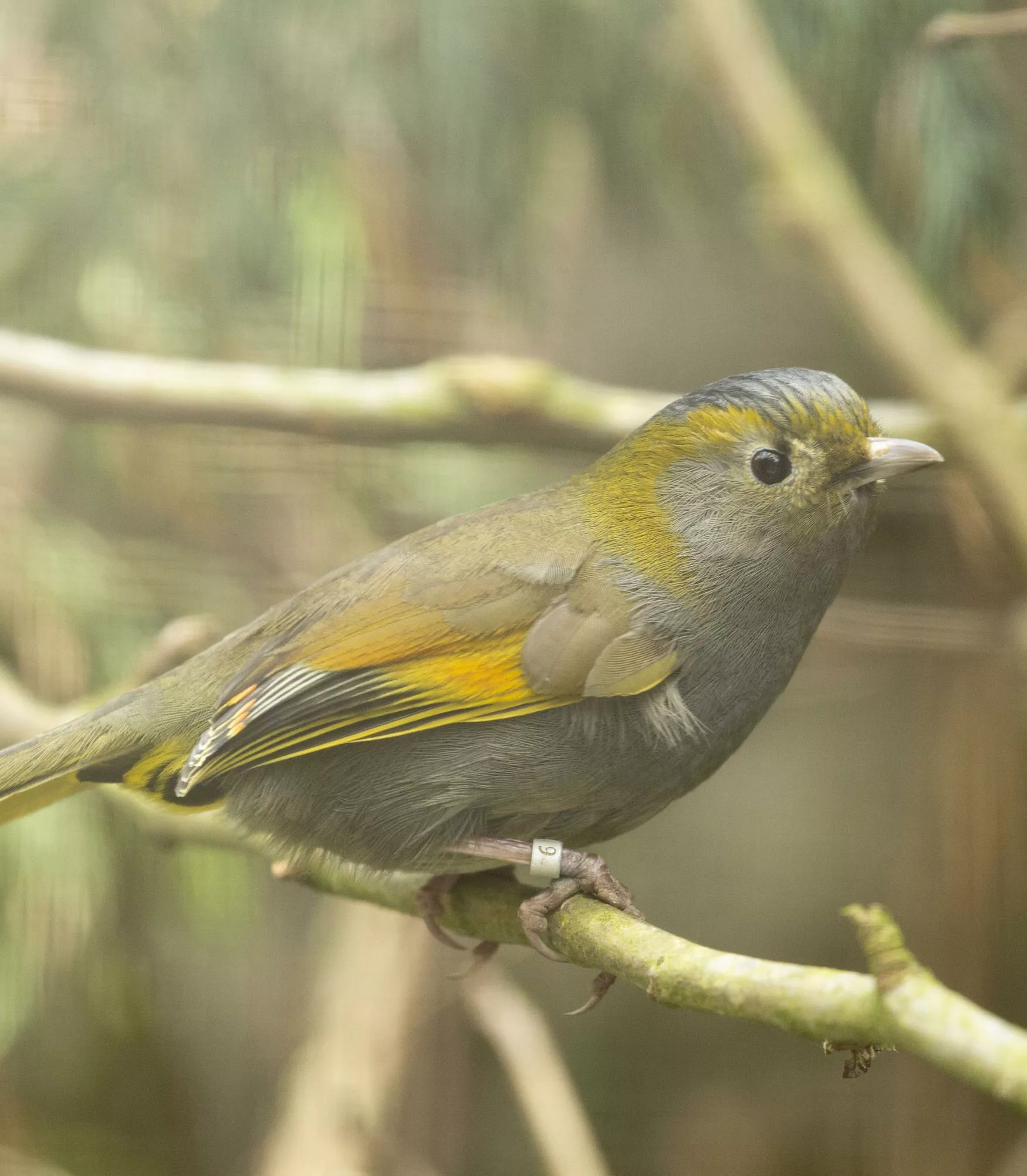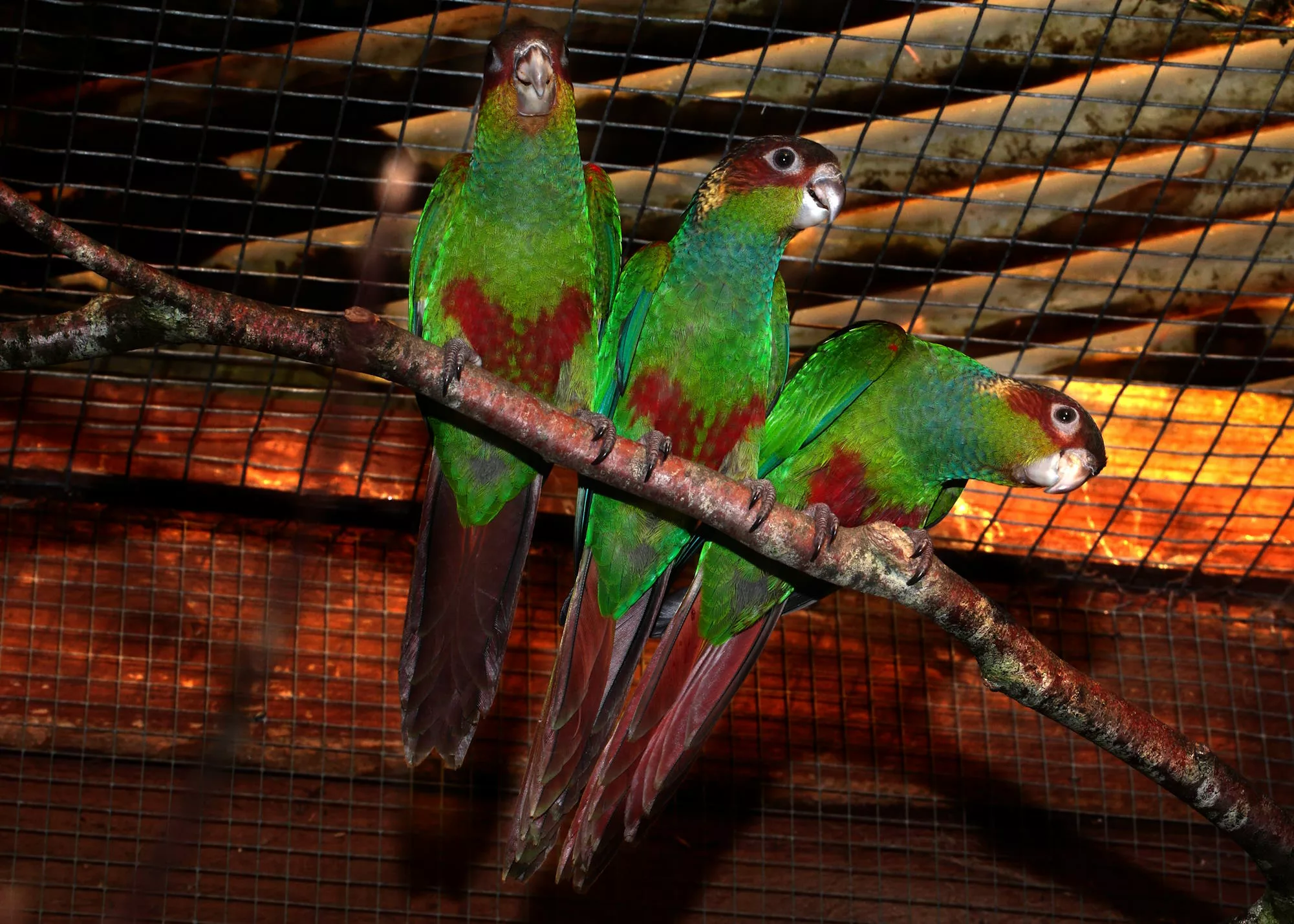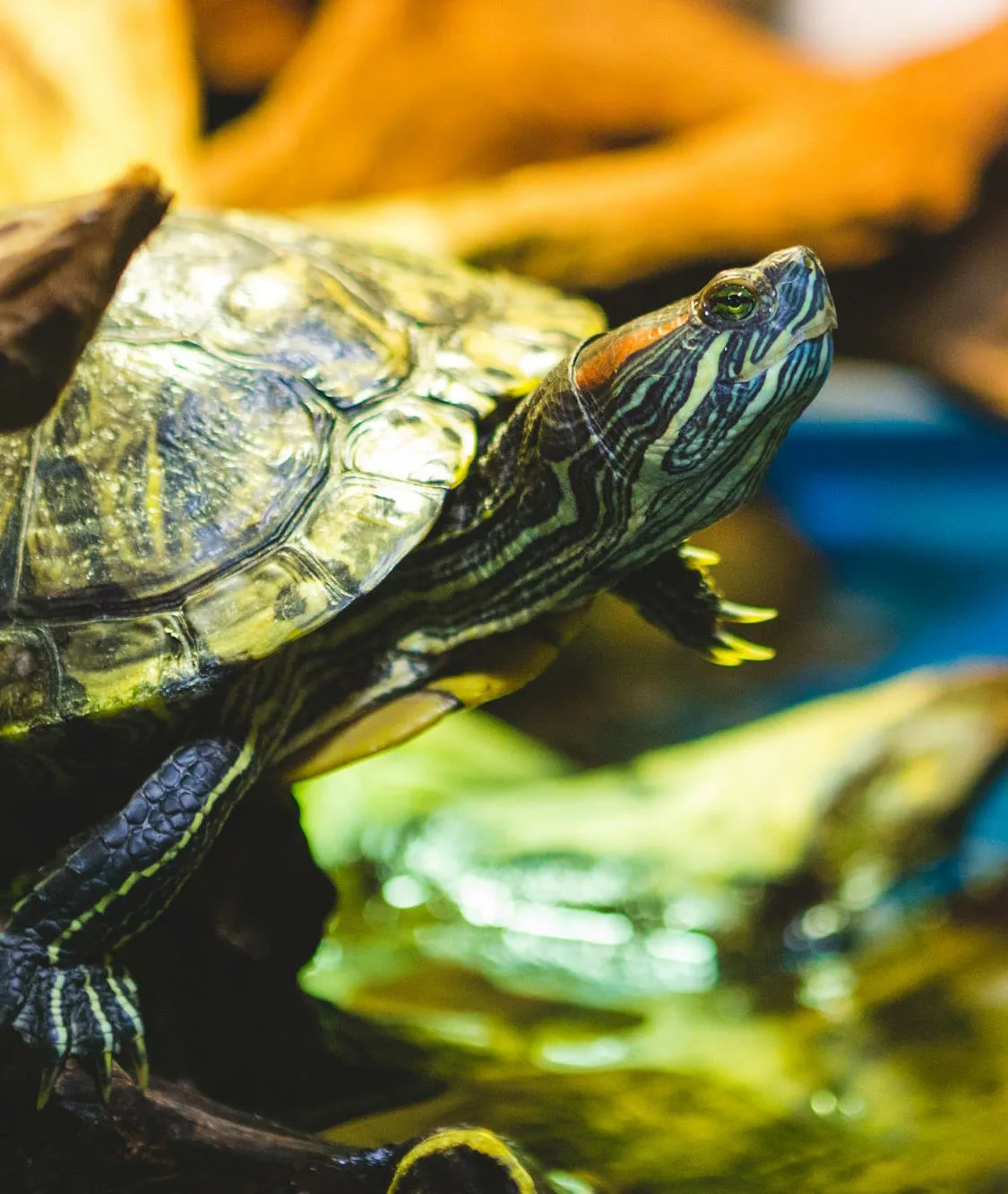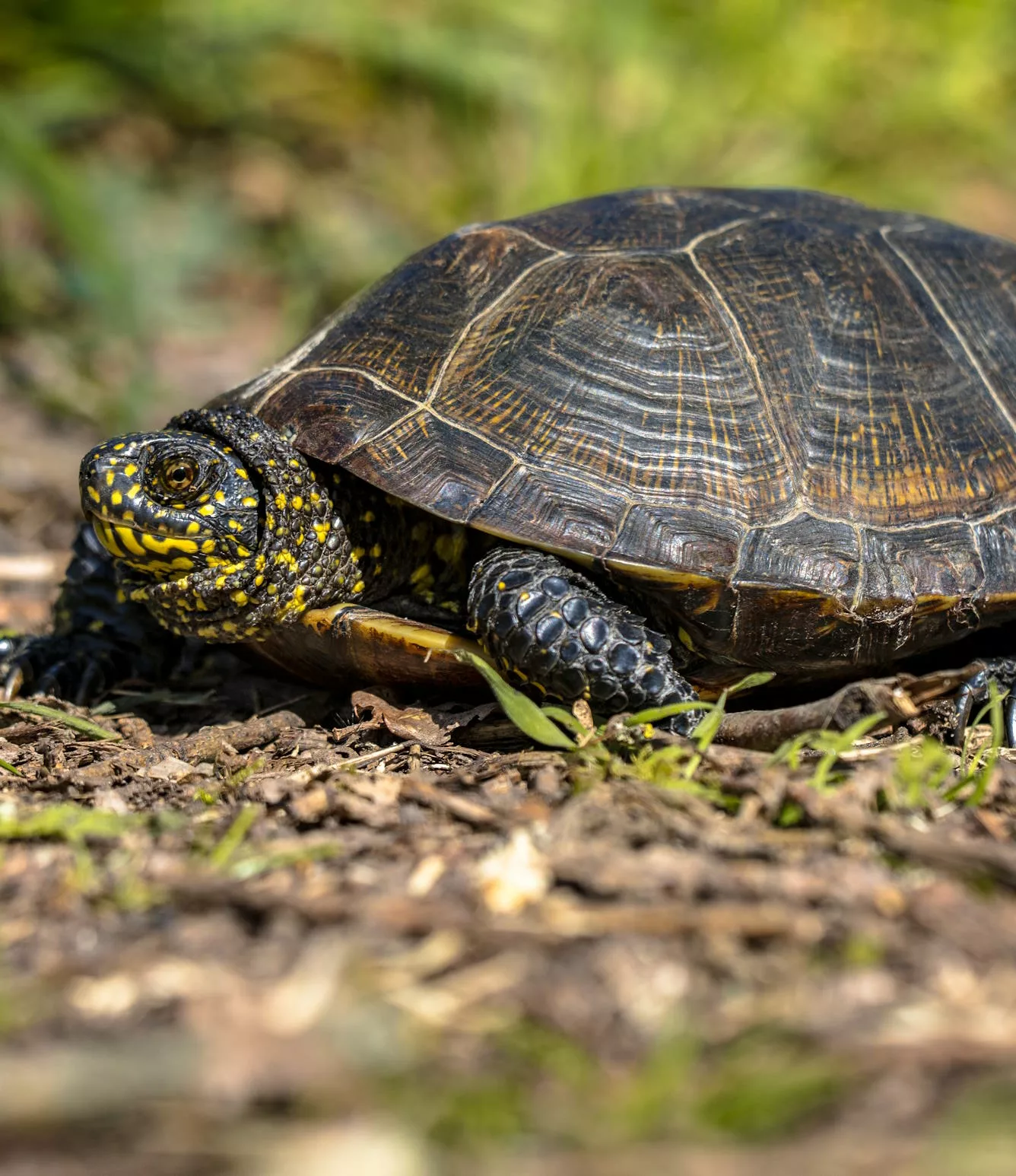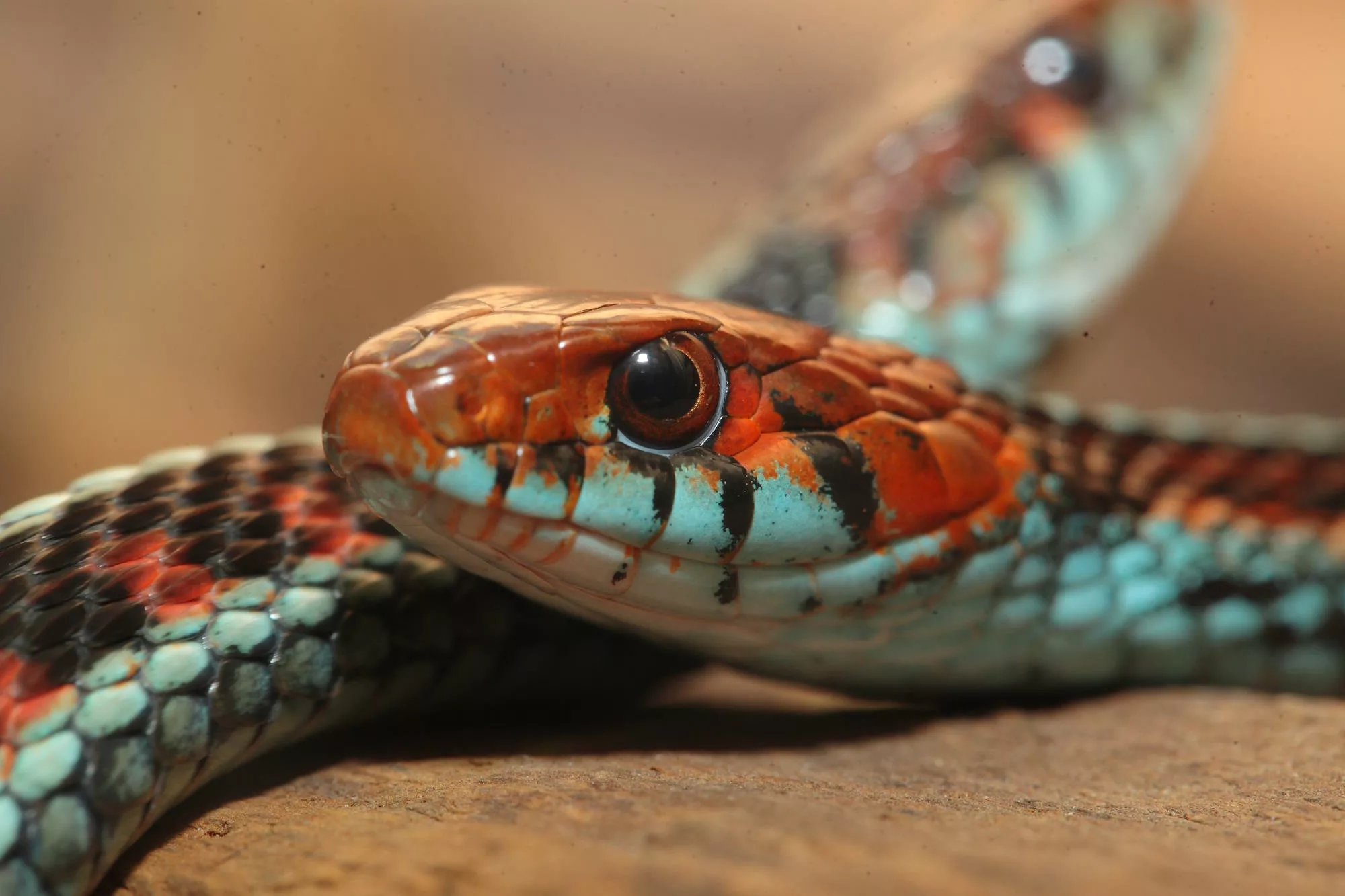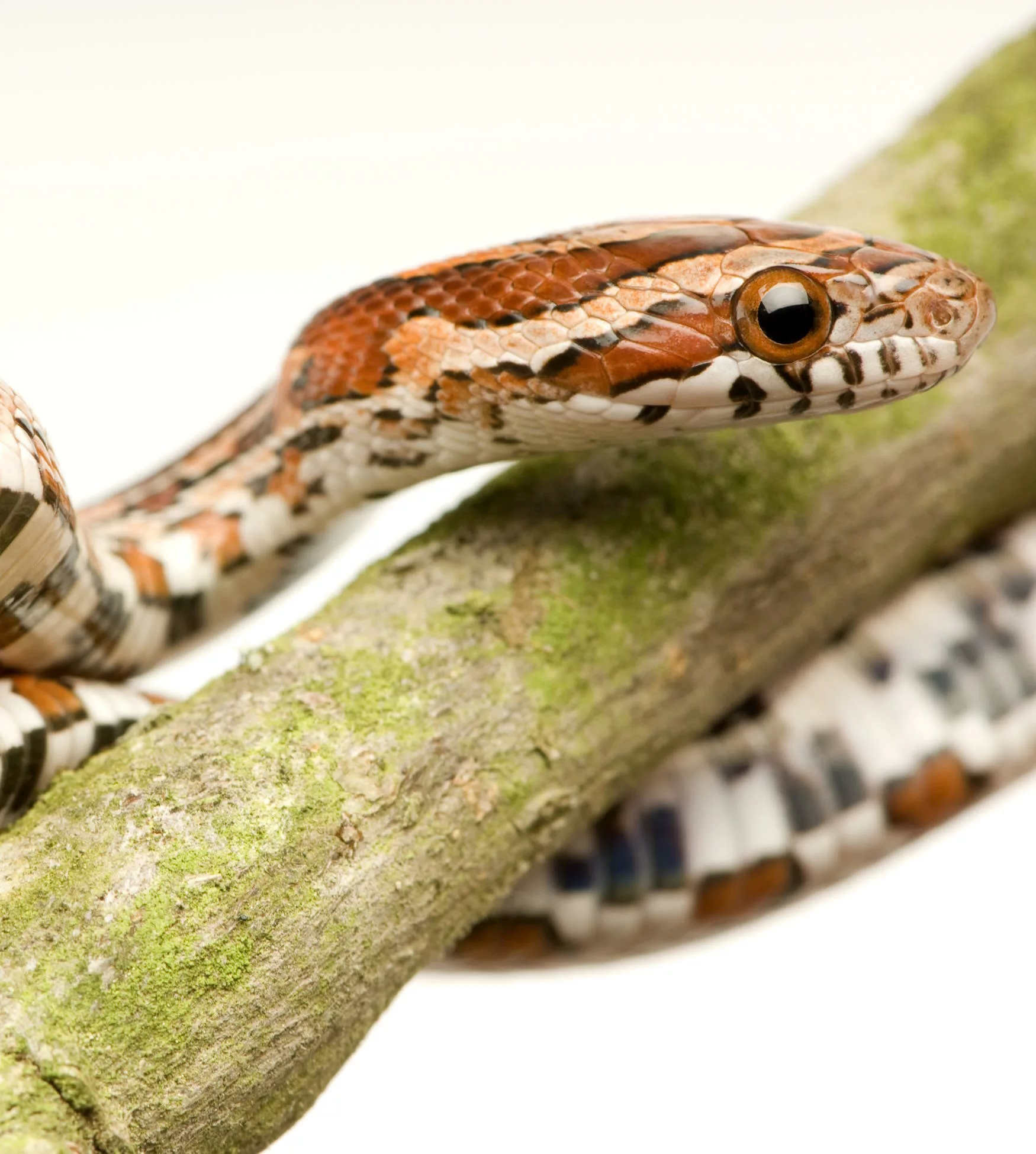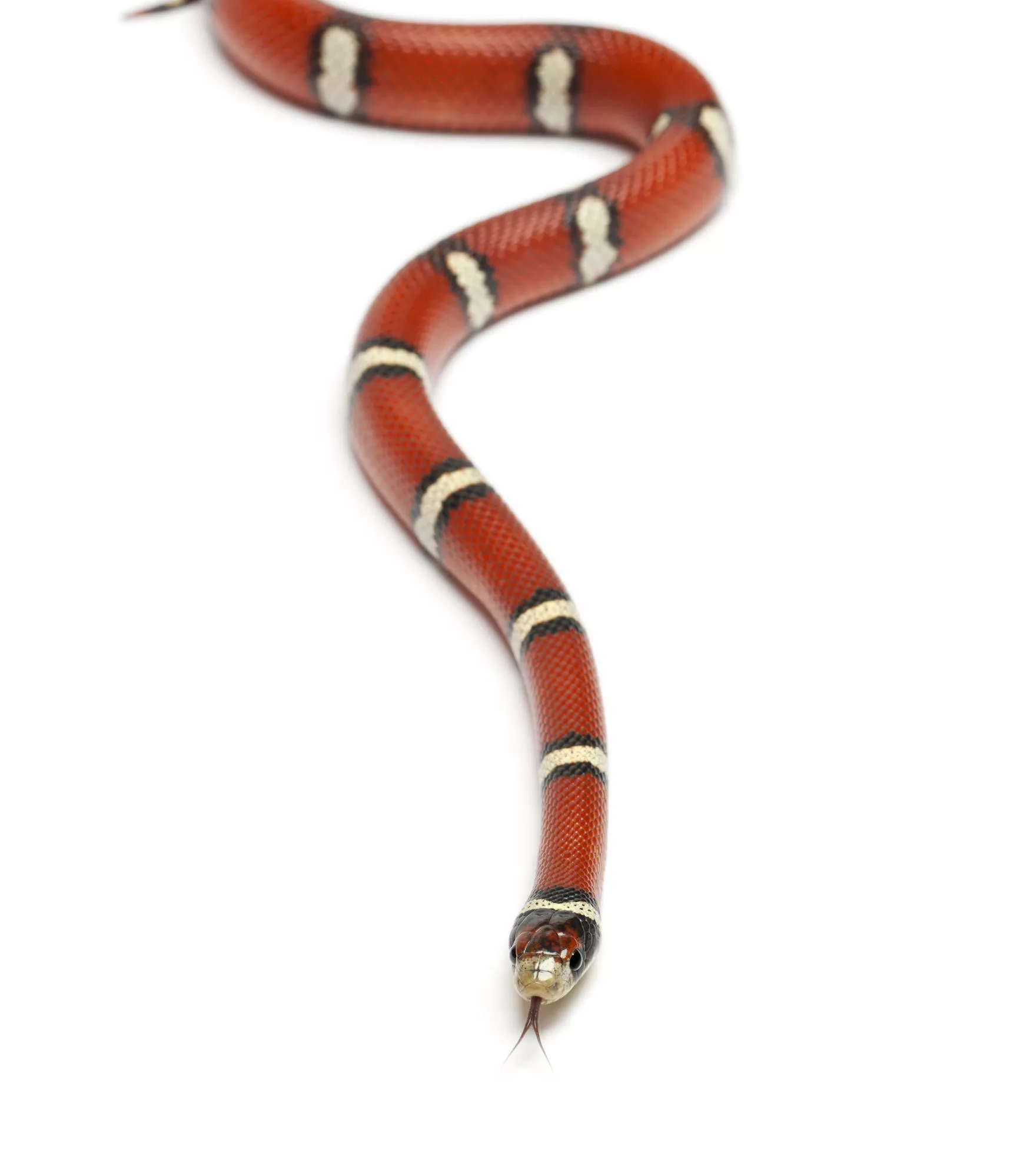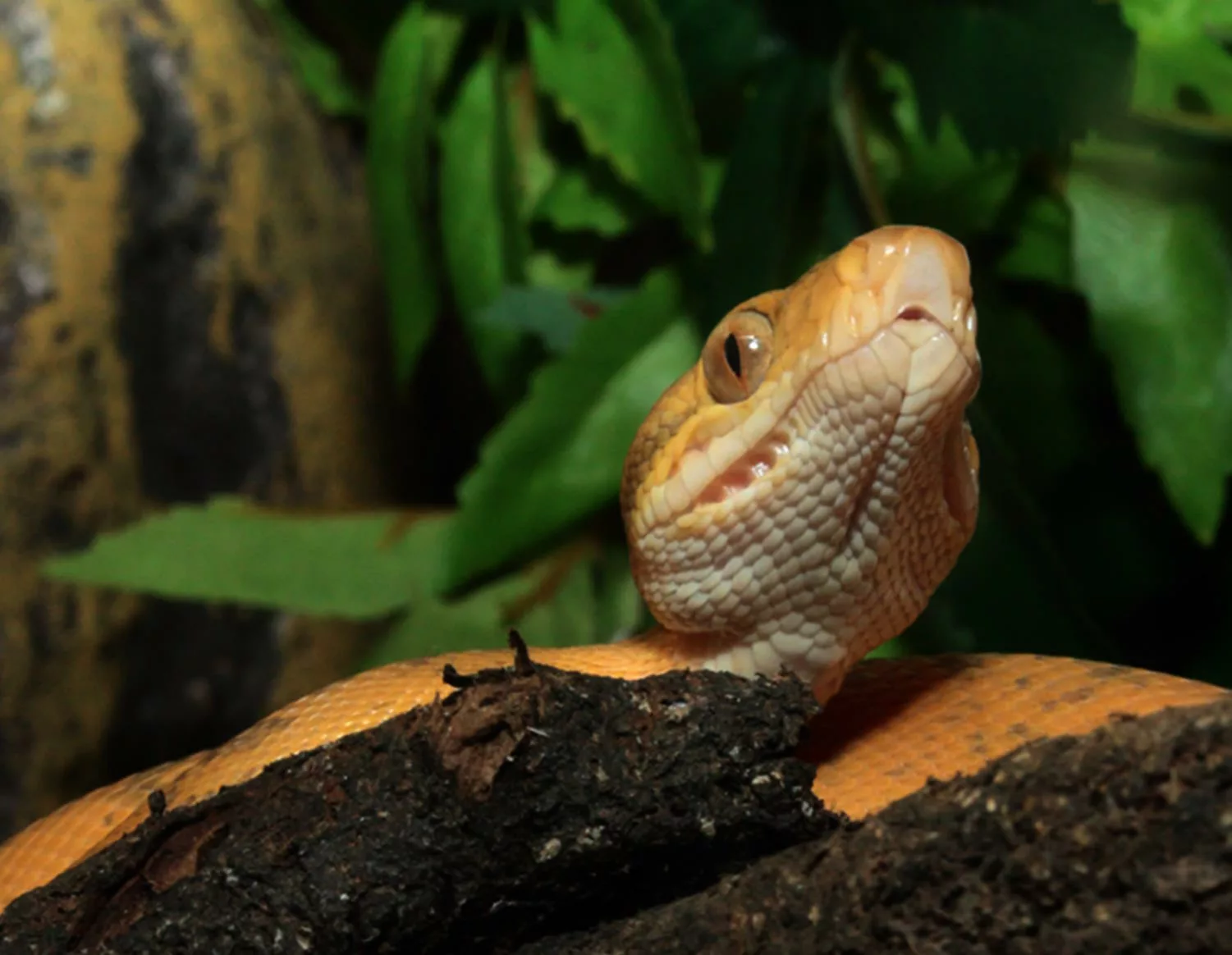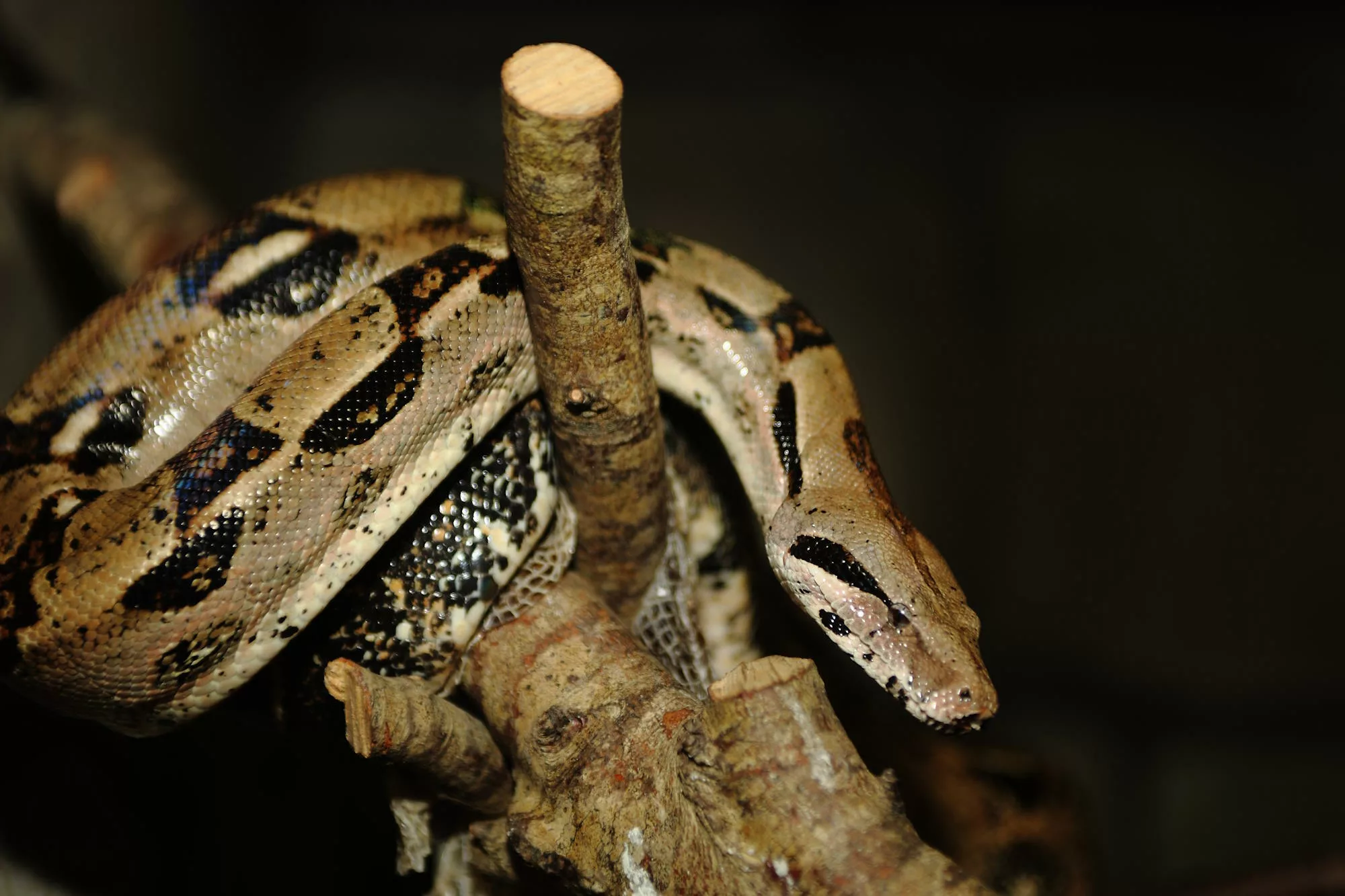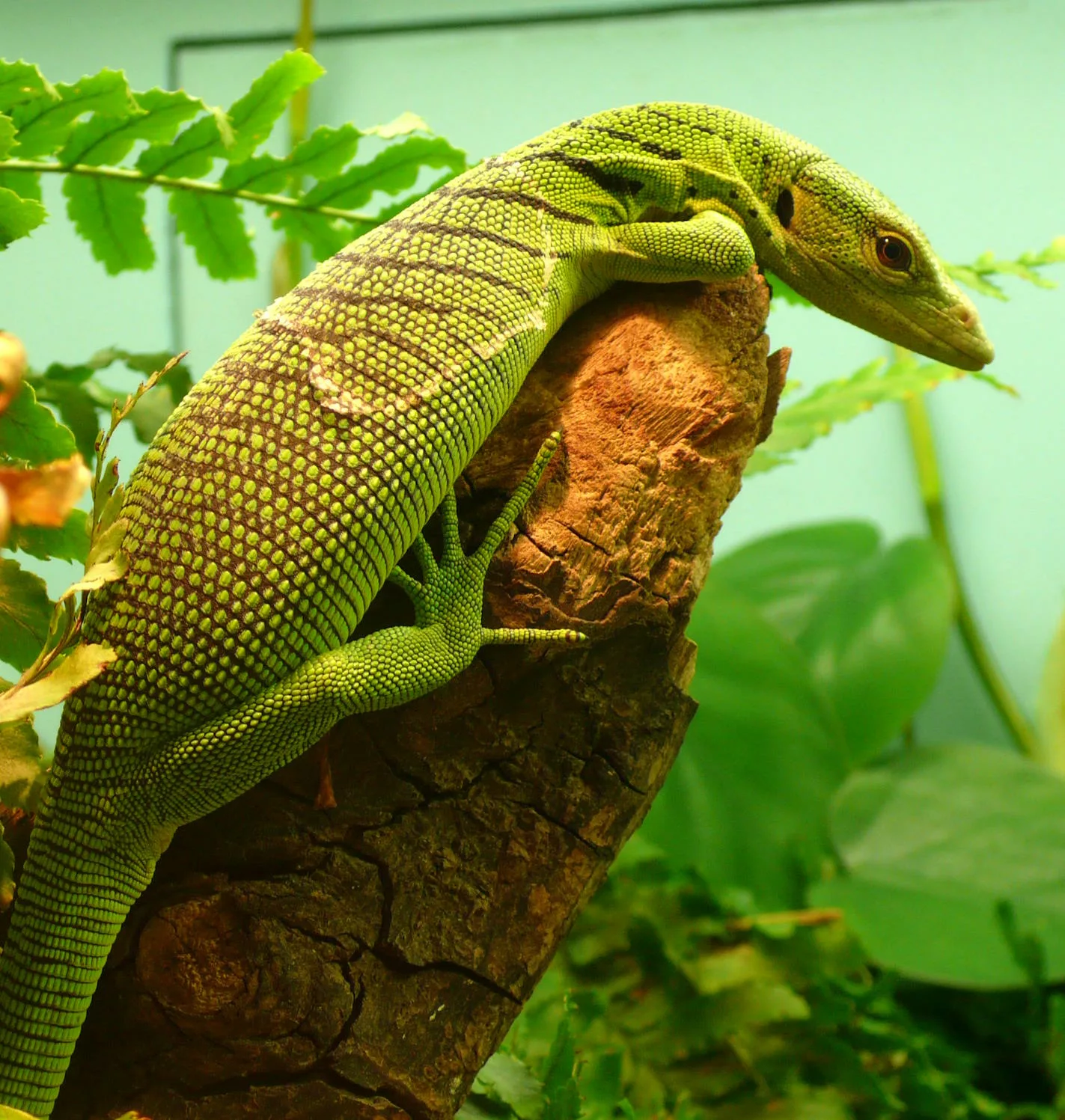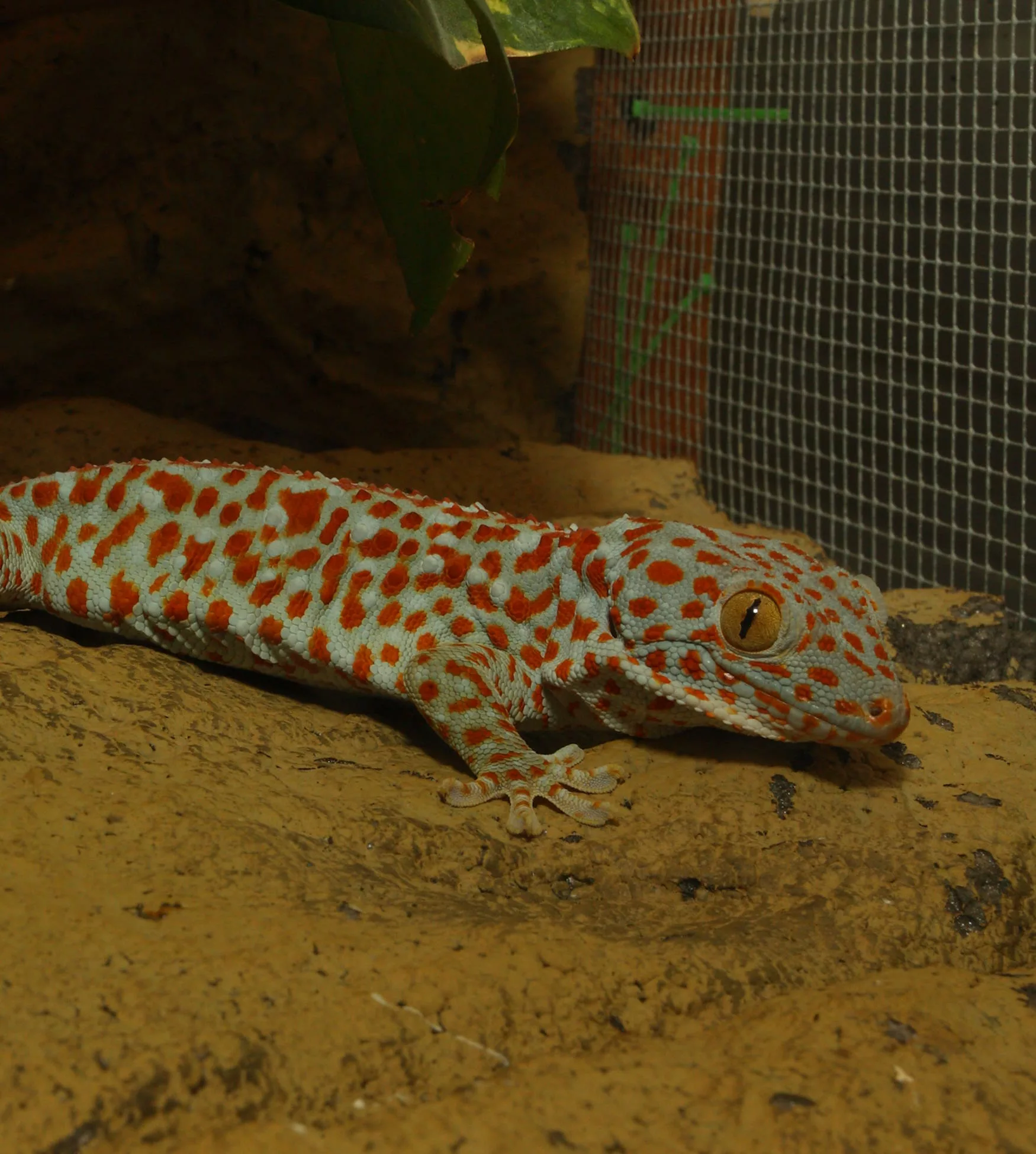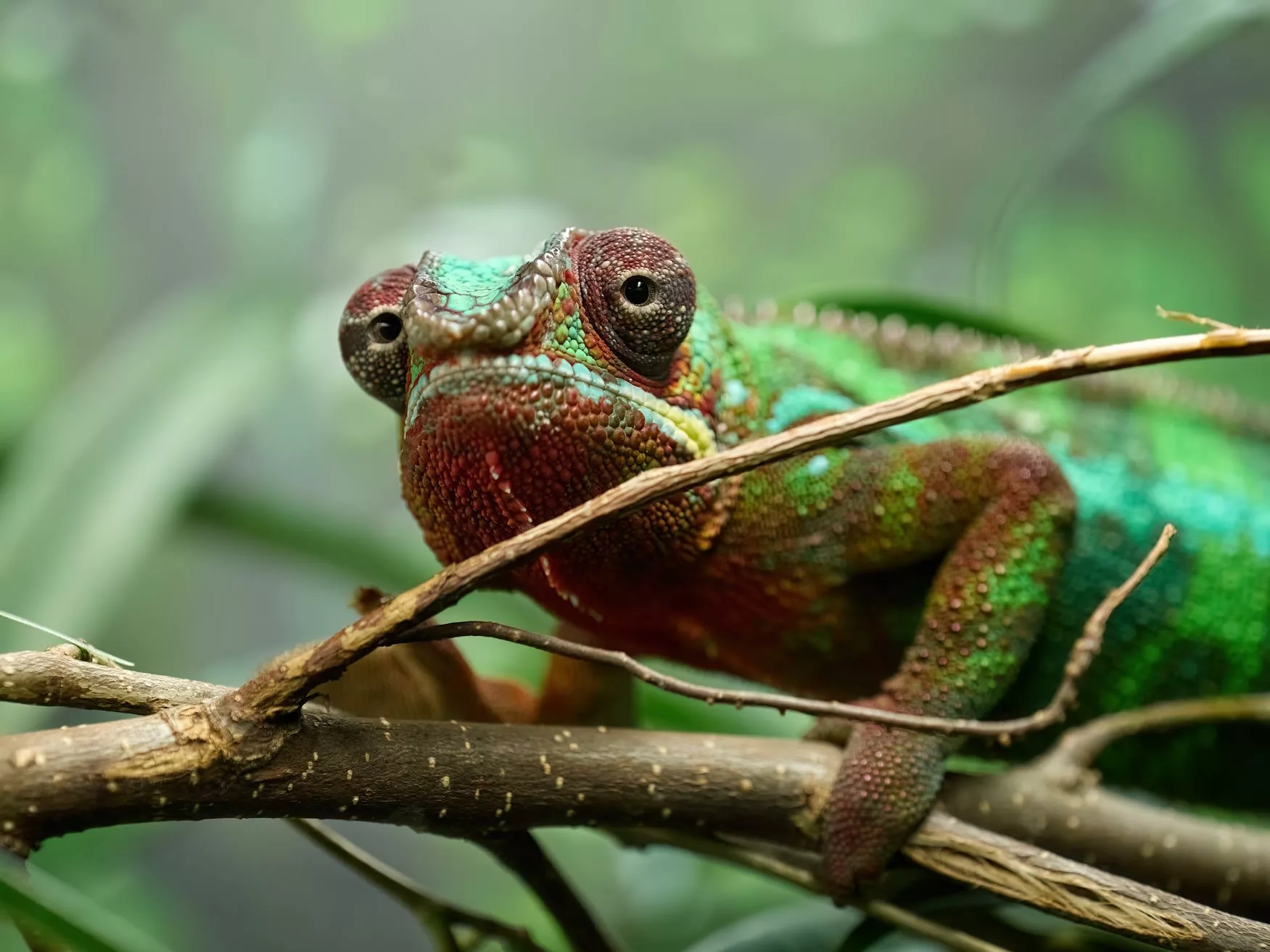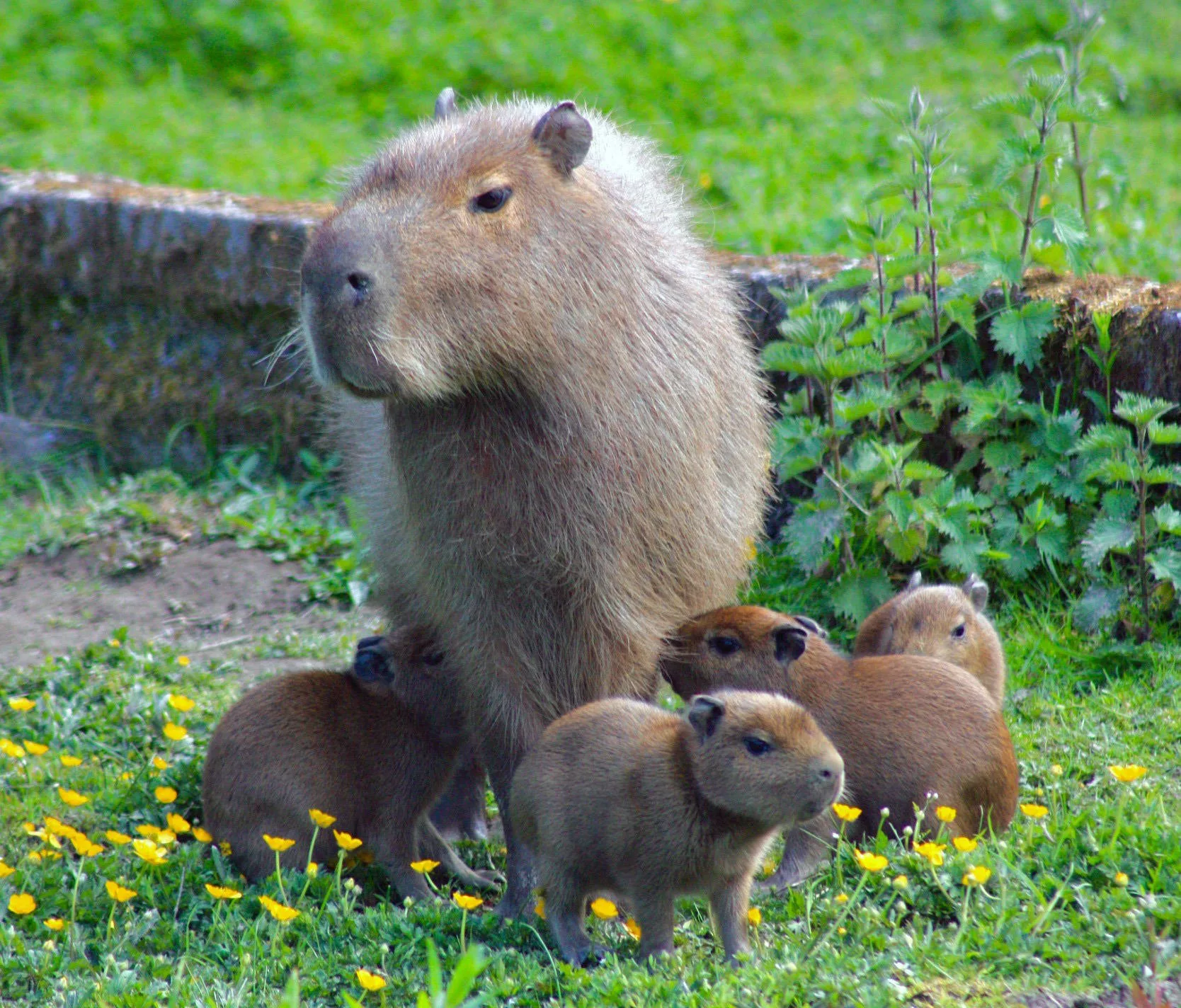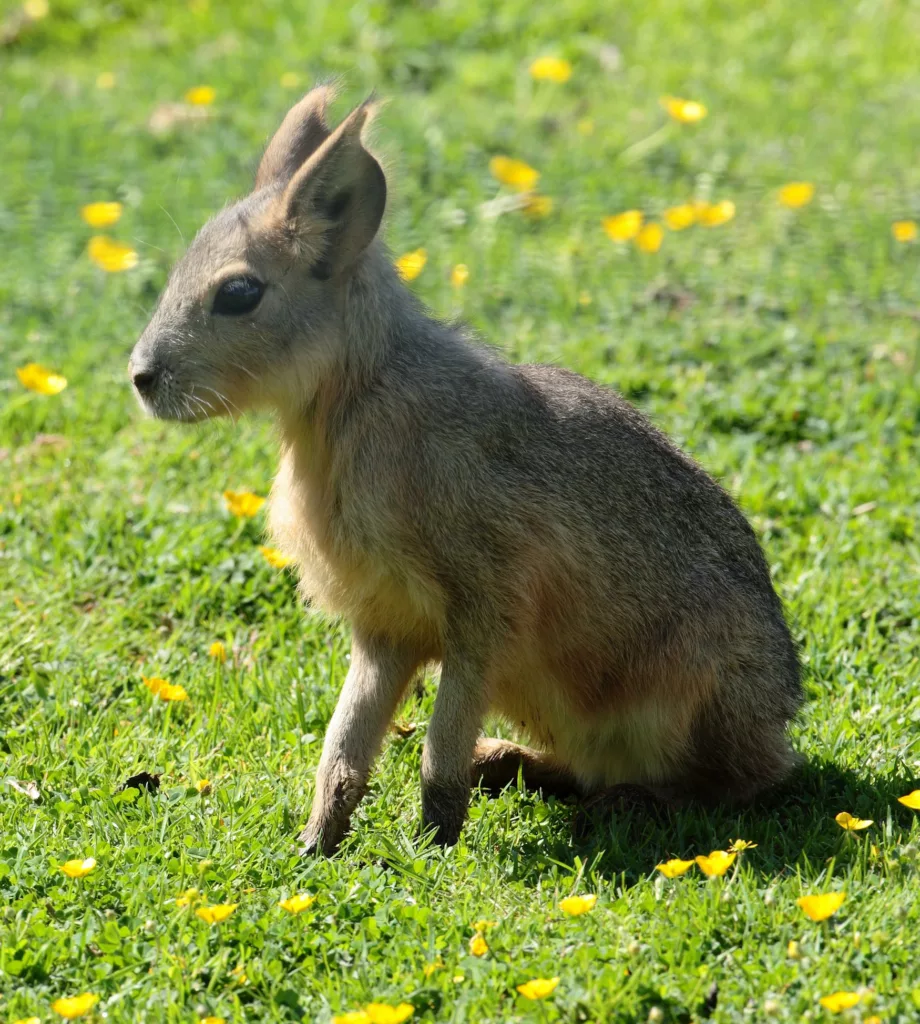
Patagonian mara
Scientific name: Dolichotis patagonum
IUCN listed as: Near Threatened
Learn before you visit!
Here are some facts about the species – Discover what they eat, find out about their natural habitat, see what they like to do, and more… Set the reading style to suit you too, everyday speak or something aimed towards children.
Child-friendly
Everyday
Diet
The Patagonian Mara primarily feeds on grasses and other herbaceous plants. They are grazers, often seen foraging in pairs or small groups during the day. Their diet includes a variety of vegetation, which helps them sustain their nutritional needs. In captivity, their diet is supplemented with leafy greens and commercial pellets. Their herbivorous diet plays a significant role in maintaining the grassland ecosystem by preventing overgrowth.
Patagonian Maras eat grasses and plants. They graze during the day and often eat together. In zoos, they also get vegetables and special food. Eating plants helps keep their habitat healthy.
Breeding
Breeding in Patagonian Maras occurs throughout the year, with peaks in the spring and fall. Females give birth to 1-3 young after a gestation period of about 100 days. The young are precocial, meaning they are relatively mature and mobile shortly after birth. They are born in communal burrows, where multiple mothers may share the space. This social breeding system helps protect the young from predators.
Patagonian Maras have babies all year, with more in spring and fall. The mother gives birth to 1-3 babies after about 100 days. Babies are born in shared burrows and can move around soon after birth. This helps protect them from danger.
Habitat
The Patagonian Mara is native to the arid and semi-arid regions of Argentina, particularly in the Patagonian steppe. They prefer open grasslands and shrublands, where they can easily graze and dig burrows. These habitats provide the necessary resources for their survival, including food and shelter. However, habitat loss due to agriculture and urban development poses a significant threat. Conservation efforts focus on protecting these habitats and promoting sustainable land-use practices.
Patagonian Maras live in dry areas of Argentina. They like open grasslands and shrublands. These places give them food and shelter. Protecting their homes from farming and building is important for their survival.
At the zoo
We maintain a breeding group of Mara, and their pups can often be seen emerging from the crèche dens in their grass enclosure (number 30 on the zoo trail) during the warmer summer months.
We have a group of Mara that have babies, and you can often see their pups coming out of the crèche dens in their grassy enclosure (number 30 on the zoo trail) during the warm summer months.
Behaviour
Patagonian Maras are diurnal and highly social animals. They are often seen in pairs or small family groups, foraging and grooming each other. They communicate using a variety of vocalisations and body language. These maras are also known for their impressive speed and agility, which helps them evade predators. Their social and active nature makes them fascinating animals to observe in the wild and in captivity.
Patagonian Maras are active during the day and like to be in groups. They communicate with sounds and movements. They can run fast to escape predators. Their social behaviour makes them interesting to watch.
Fun facts
- Fast Runners: Patagonian Maras can run quickly to escape predators.
- Social Animals: They often live in pairs or small groups.
- Shared Burrows: Mothers share burrows to protect their babies.
- Herbivorous Diet: They help maintain their habitat by eating plants.
- Near Threatened: Their habitat is threatened by farming and development.
- Speedy Runners: They run fast to stay safe from predators.
- Group Living: They like to live in pairs or groups.
- Baby Burrows: Mothers use shared burrows for their babies.
- Plant Eaters: They eat plants and help keep their habitat healthy.
- Need Protection: Their homes are being destroyed, so they need help.
More animals to discover at our zoo
Quick Links
Tickets & Prices
You can buy tickets for Exmoor Zoo securely online, as well as finding out more price options, discover offers, and more…
What’s on…
Exmoor Zoo hosts incredible Events all through the year. You can find out about what we’ve got in store here…
Routes & info
Like any great discovery, Exmoor Zoo can feel a little off the beaten path – but don’t worry – you can plan your journey with our recommended routes and other useful travel info.
